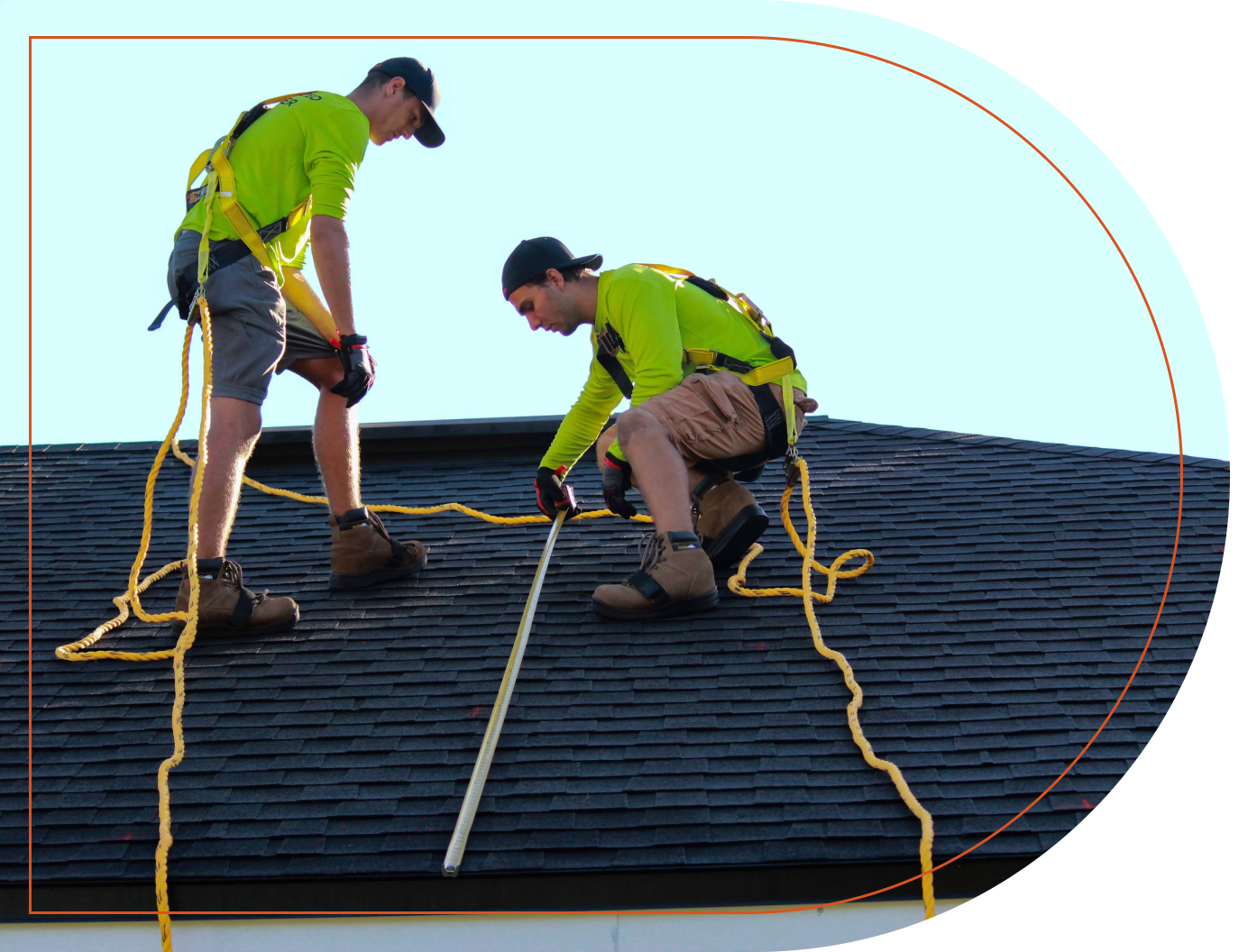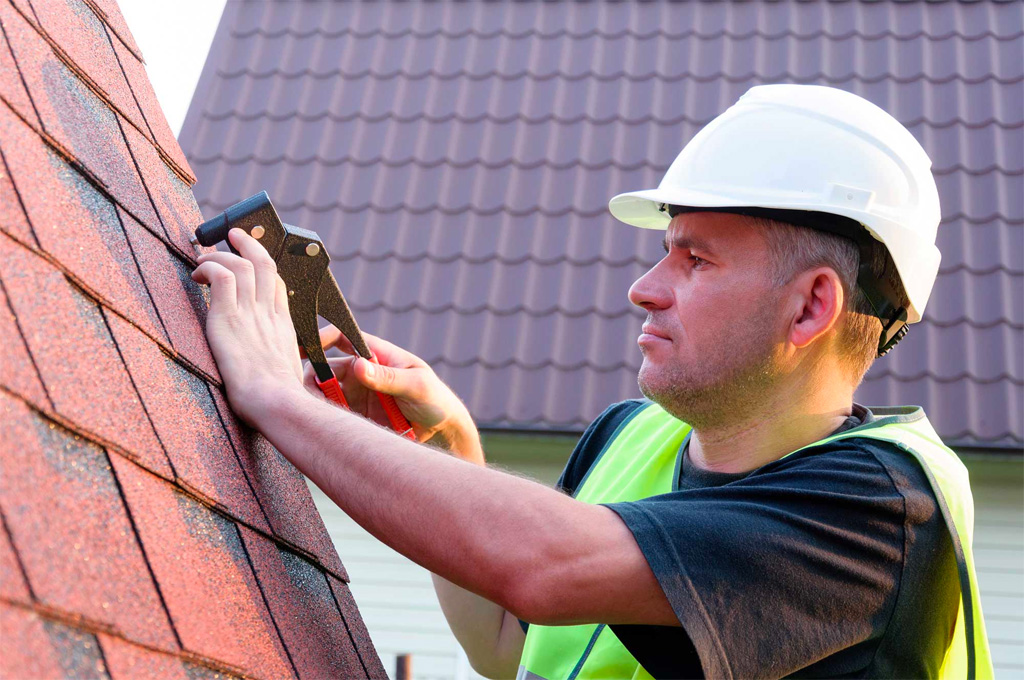Reliable Cuyahoga Falls Roof Repairs to Keep Your Home Protected
A Comprehensive Guide to Effective Roof Flat Roofing Setup
The ins and outs of level roof setup need a thorough technique, beginning with a detailed understanding of various flat roofing system kinds and the crucial materials needed for optimal efficiency. A successful setup pivots not only on the choice of products however additionally on the prep work and execution of each step included in the process. As we discover the critical points from prep work to upkeep, it ends up being obvious that neglecting even minor information can dramatically impact the roof covering's durability and efficiency. What certain techniques can ensure a seamless installation that endures the examination of time?
Recognizing Flat Roofing System Kind
When thinking about flat roofs, it is vital to recognize the numerous kinds available, as each deals unique benefits and disadvantages tailored to certain needs. One of the most typical sorts of level roofs consist of Built-Up Roof (BUR), Changed Bitumen, and Single-Ply membranes.
Built-Up Roof covering includes numerous layers of asphalt and gravel, supplying exceptional sturdiness and climate resistance. It is particularly useful in locations prone to severe weather condition problems but may call for even more upkeep as a result of its complex construction.
Customized Bitumen is a popular option for its convenience of setup and versatility. It typically uses a self-adhesive or torch-applied approach, which can be useful for fast fixings and long-lasting performance. Nevertheless, its lifespan can be shorter contrasted to BUR.
Single-Ply membranes, including Thermoplastic Olefin (TPO) and Ethylene Propylene Diene Monomer (EPDM), are acknowledged for their lightweight nature and power efficiency. These products are typically preferred for business buildings because of their cost-effectiveness and simplicity of installment (Cleveland Roofing Specialists). Nonetheless, they may not offer the same level of insulation as various other choices.
Each roof covering type needs mindful consideration based on environment, budget plan, and particular project requirements.
Crucial Materials for Flat Roofing
A variety of essential products are critical for the effective installment of flat roof. The choice of products straight influences longevity, efficiency, and overall performance.
One of the primary products is the roofing membrane layer, which can be created from different substances such as thermoplastic polyolefin (TPO), ethylene propylene diene monomer (EPDM), or PVC. Each type provides one-of-a-kind advantages, consisting of UV resistance and versatility, which are essential for prolonged performance.
In enhancement to the membrane layer, insulation materials play a significant duty in power performance. Inflexible foam boards or polyisocyanurate insulation are preferred choices, as they give excellent thermal resistance and wetness management.
Moreover, roof covering adhesives and sealers are essential for guaranteeing a watertight installation. These items must be suitable with the selected membrane layer to protect against wear and tear gradually.
Preparing for Setup
Correct preparation is important for a successful level roofing installation, as it prepares for a reliable and sturdy roof. Begin by performing a comprehensive inspection of the existing roof covering framework. Search for signs of damages, consisting of leaks, rot, or poor water drainage, which can compromise the brand-new roof. Make sure that the hidden materials are audio and can support the weight of the brand-new roofing components.
Next, gather all essential tools and materials, guaranteeing that they satisfy industry requirements. This includes waterproof membranes, insulation, blinking, and fasteners. Acquaint yourself with the maker's specs, as adherence to these standards is essential for warranty purposes.
Furthermore, make sure that the job area is free from particles and blockages to assist in secure and efficient installation. Consider climate condition; avoid installation during hefty rain or extreme temperatures, which can affect material performance. Lastly, inform any type of occupants of the building regarding the future work to ensure safety and security and minimize disturbances. By taking these primary steps, you can enhance the possibility of a successful level roofing system installation that fulfills both aesthetic and architectural demands.
Step-by-Step Installation Refine
With the Read More Here foundation established through comprehensive prep work, the next stage includes performing the level roofing system installment methodically. This action is important for maintaining the roof's honesty over time.
Complying with the vapor barrier setup, lay down insulation boards, ensuring they fit securely with each other to decrease thermal linking. Secure the insulation with appropriate fasteners based upon the roof covering kind and local building codes. Once the look at more info insulation remains in area, it's time to apply the roof covering membrane. Depending upon the selected material-- such as TPO, EPDM, or customized bitumen-- mount the membrane according to the maker's specs.
Ensure proper overlap at joints and sides to produce a leak-proof seal. Use adhesives, mechanical bolts, or heat welding as called for. Lastly, install flashing around perimeters, vents, and any type of roofing system penetrations to improve waterproofing. After installation, carry out a comprehensive examination to identify any possible issues prior to concluding the task, making sure a robust and trustworthy flat roof system.
Maintenance Tips for Longevity
Routine maintenance is vital to make certain the longevity and performance of a level roofing system. Among the primary jobs is to conduct routine inspections at the very least twice a year, preferably in spring and fall. Throughout these evaluations, try to find indicators of wear, such as sores, splits, or merging water, which can indicate underlying issues.

Ensuring appropriate water drainage is essential to avoid water build-up. Check and clear gutters, downspouts, and scuppers to ensure unblocked water flow. In addition, evaluate seals around vents, skylights, and various other penetrations for any type of signs of degeneration, applying caulk or sealer as required to maintain a leak-proof obstacle.
Last but not least, take into consideration specialist upkeep services every few years for complete maintenances. By sticking to these upkeep ideas, you can significantly extend the life of your level roofing, guaranteeing it remains a trusted shield versus the aspects.
Final Thought
Effective level roof covering setup necessitates an organized strategy incorporating thorough evaluations, material choice, and thorough prep work. Adhering to the outlined steps during the installation process makes certain the proper application of roof covering membrane layers and insulation while improving waterproofing through reliable blinking setup.
The details of flat roofing setup demand a meticulous strategy, beginning with a detailed understanding of numerous flat roof covering types and the vital materials needed for optimal performance.Proper preparation is necessary for a successful level roof covering setup, as it lays the groundwork for a durable and reliable roofing system. After installation, perform a comprehensive inspection to determine any possible problems prior to concluding the task, making certain a robust and reliable level roofing system.
